A Nostalgic Look At Hawaii
Aloha! It’s not just a word; it’s a way of life in Hawaii. The Aloha Spirit embodies the warmth and friendliness of the Hawaiian people, a unique blend of hospitality and compassion. Visitors to the islands often feel this welcoming embrace, whether through a friendly “howzit” or a lei greeting at the airport. It’s this spirit that makes Hawaii more than just a destination, but a place where lifelong memories are made.
The Romantic Allure of Hawaii’s Golden Beaches
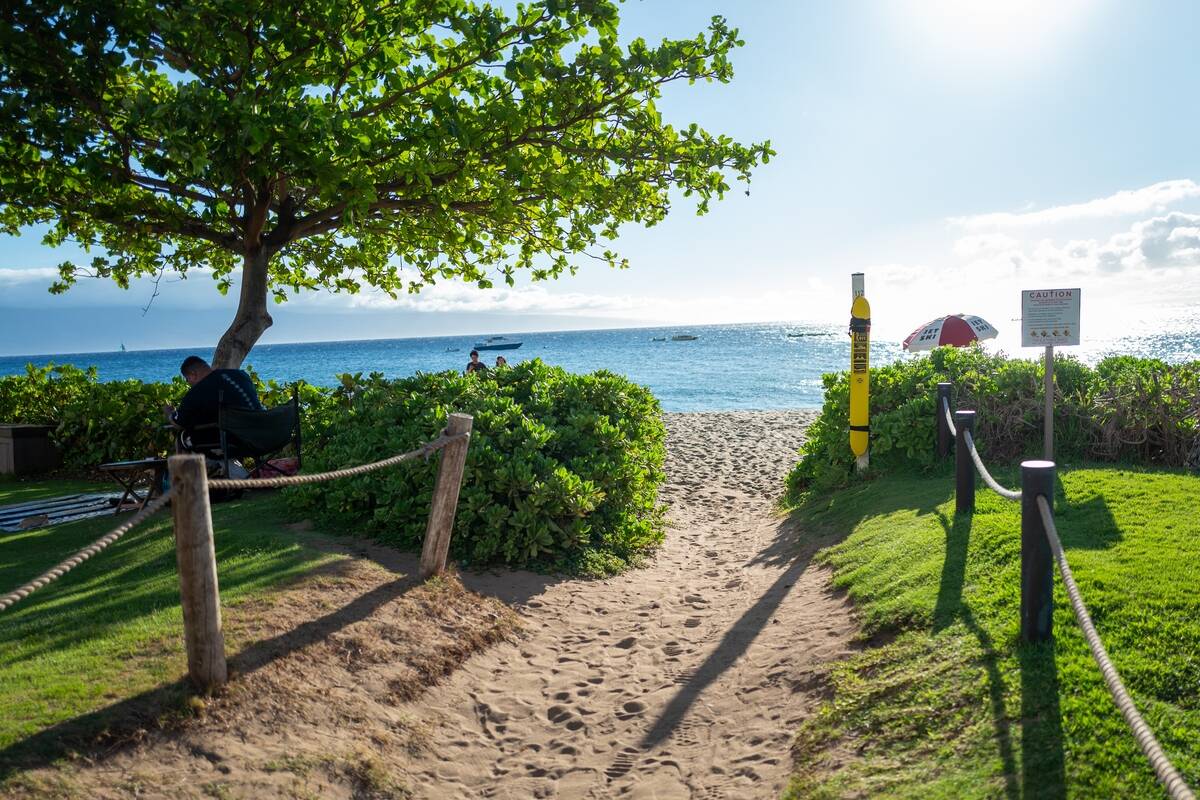
Hawaii’s beaches are legendary, from the iconic Waikiki Beach to the stunning shores of Maui’s Kaanapali. The golden sands and crystal-clear waters create a perfect setting for romance and relaxation. Couples can enjoy a sunset stroll on the beach or a moonlit picnic while listening to the gentle lapping of waves. The picturesque scenery of Hawaii’s beaches has inspired countless love stories and remains a top destination for honeymooners and romantics alike.
A Trip Down Memory Lane: Hawaii in Classic Hollywood
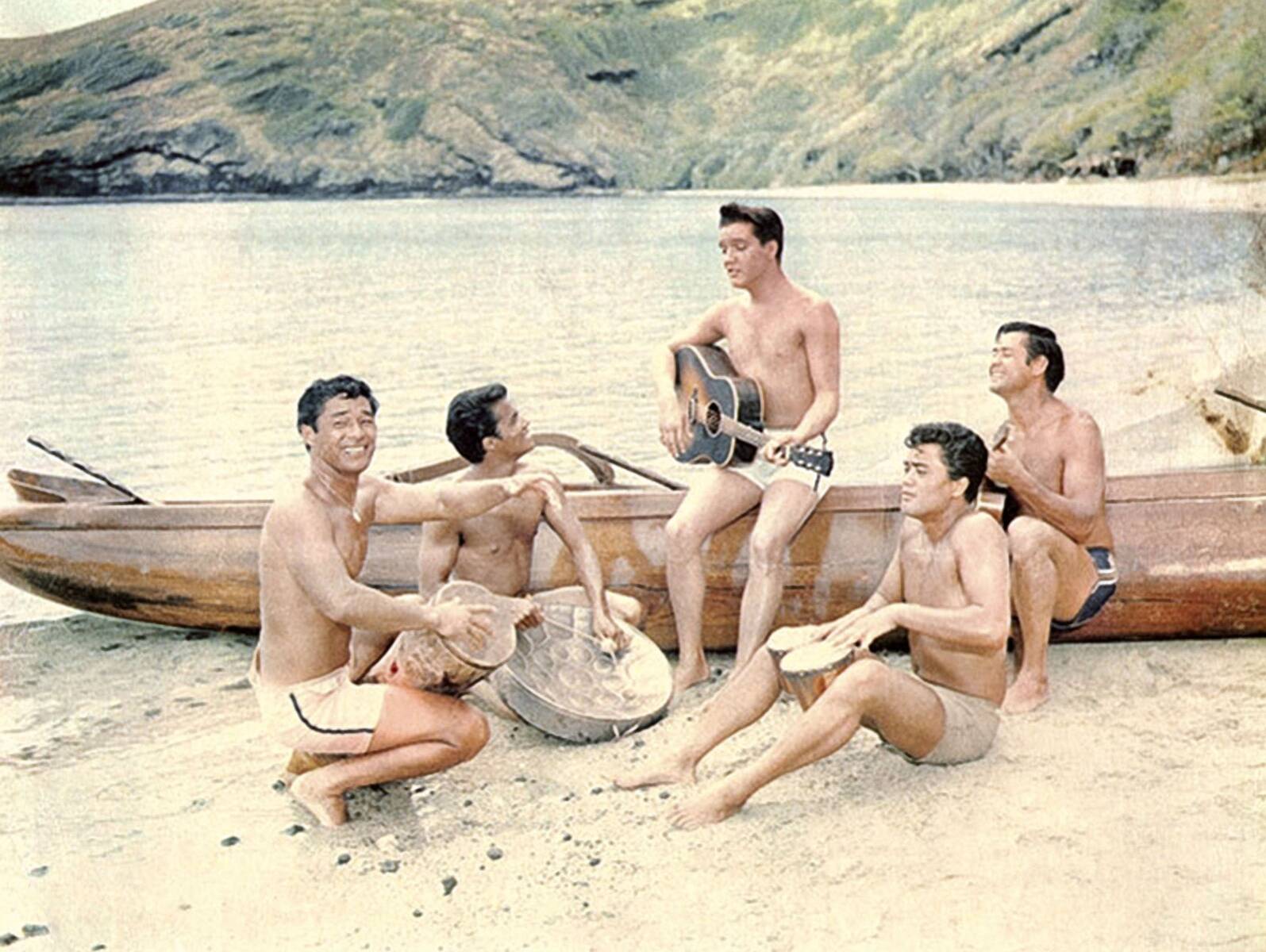
Hawaii has long been a favorite backdrop for Hollywood filmmakers. The islands’ lush landscapes and dramatic coastlines have appeared in films like “Blue Hawaii” starring Elvis Presley and “From Here to Eternity.” These classic films brought the beauty of Hawaii to the silver screen, captivating audiences worldwide. The glamorous depiction of Hawaiian life in these movies continues to attract film buffs and tourists eager to see the real-life settings of their favorite scenes.
Surfing Through Time: The Evolution of Hawaii’s Surf Culture
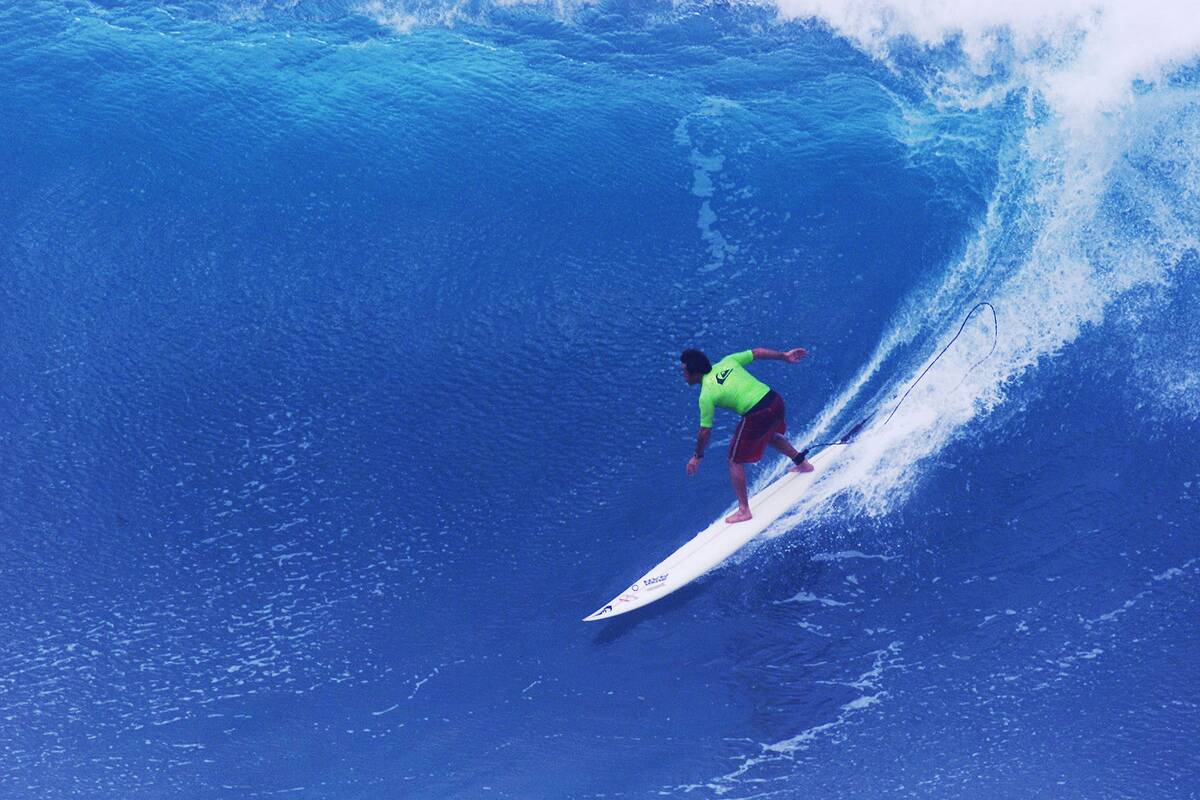
Surfing has deep roots in Hawaiian culture, dating back to ancient Polynesian traditions. Native Hawaiians were the first to ride the waves, a pastime once reserved for royalty. Modern surfing blossomed in the early 20th century, with icons like Duke Kahanamoku popularizing the sport globally. Today, Hawaii remains a mecca for surfers, hosting prestigious competitions like the Vans Triple Crown. The sport’s evolution continues to draw enthusiasts to the islands, eager to ride the legendary waves.
Hula: The Heartbeat of Hawaiian Tradition
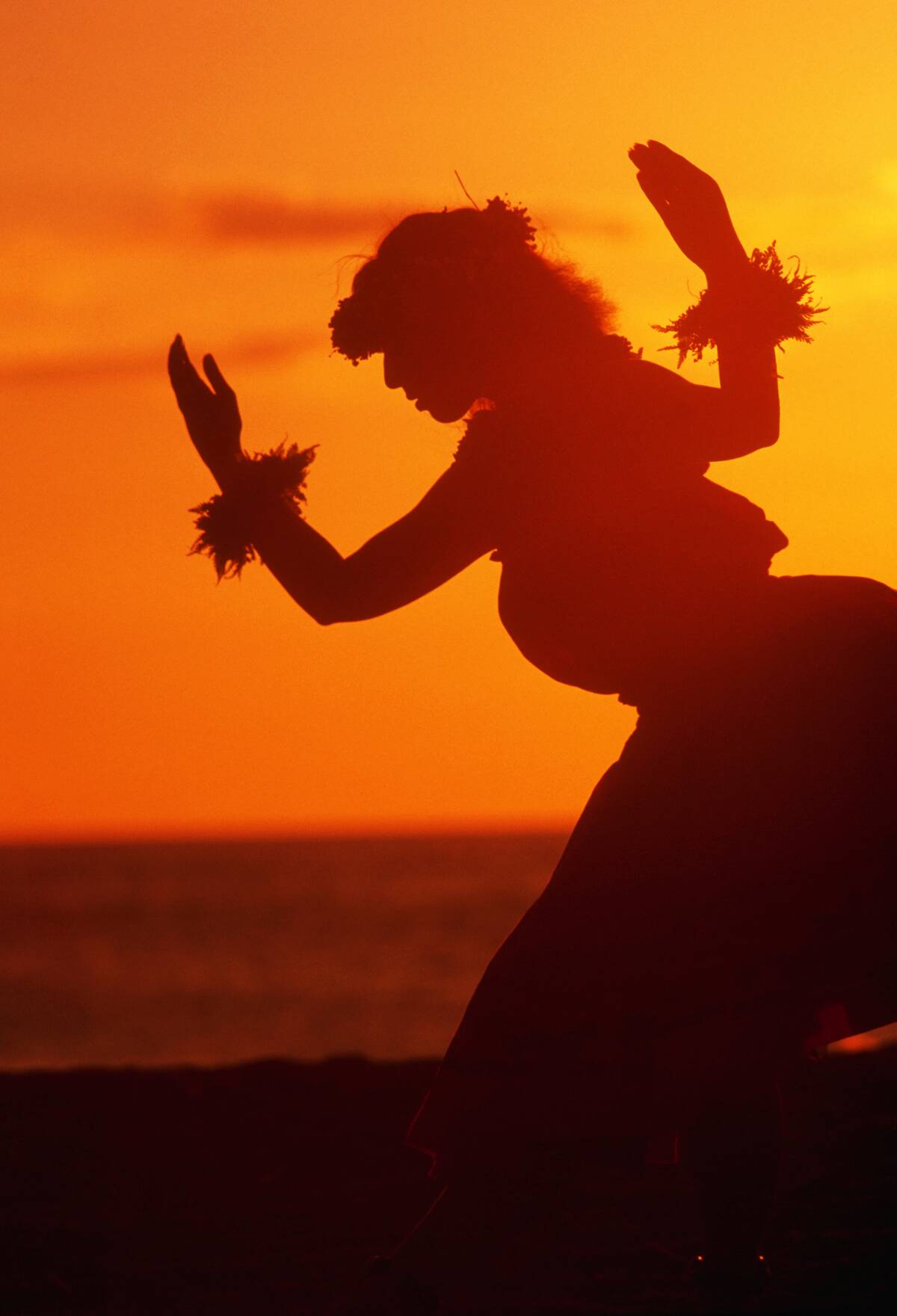
Hula is more than just a dance; it’s a storytelling art form that embodies the essence of Hawaiian culture. Through graceful movements and chants, hula dancers convey stories of creation, nature, and history. Originating as a sacred ritual, hula has evolved into a beloved cultural expression, celebrated in festivals like the Merrie Monarch Festival. As dancers sway to the rhythm of traditional instruments, they keep the spirit of their ancestors alive, sharing the beauty of Hawaiian heritage.
The Melodic Sounds of the Ukulele: Hawaii’s Signature Instrument
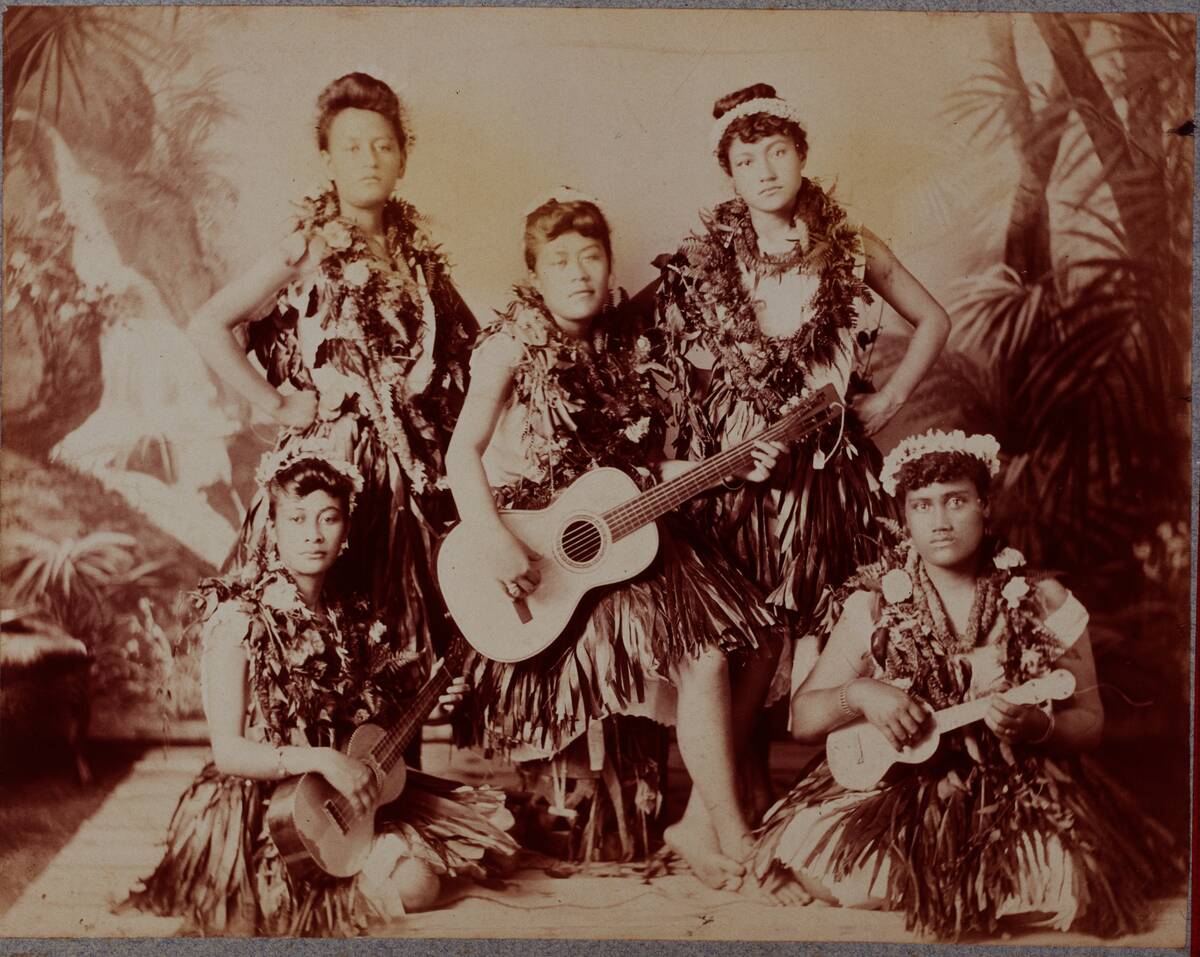
The ukulele, often synonymous with Hawaiian music, has a fascinating history. Brought to the islands by Portuguese immigrants in the 19th century, it quickly became an integral part of Hawaiian music. Its cheerful sound and portability made it a favorite among locals and visitors alike. Today, the ukulele continues to charm audiences worldwide, with artists like Israel Kamakawiwoʻole bringing its melodic tunes to international fame. Its sweet, lilting notes capture the playful essence of the islands.
Luau Legends: Feasting and Fun in the Islands
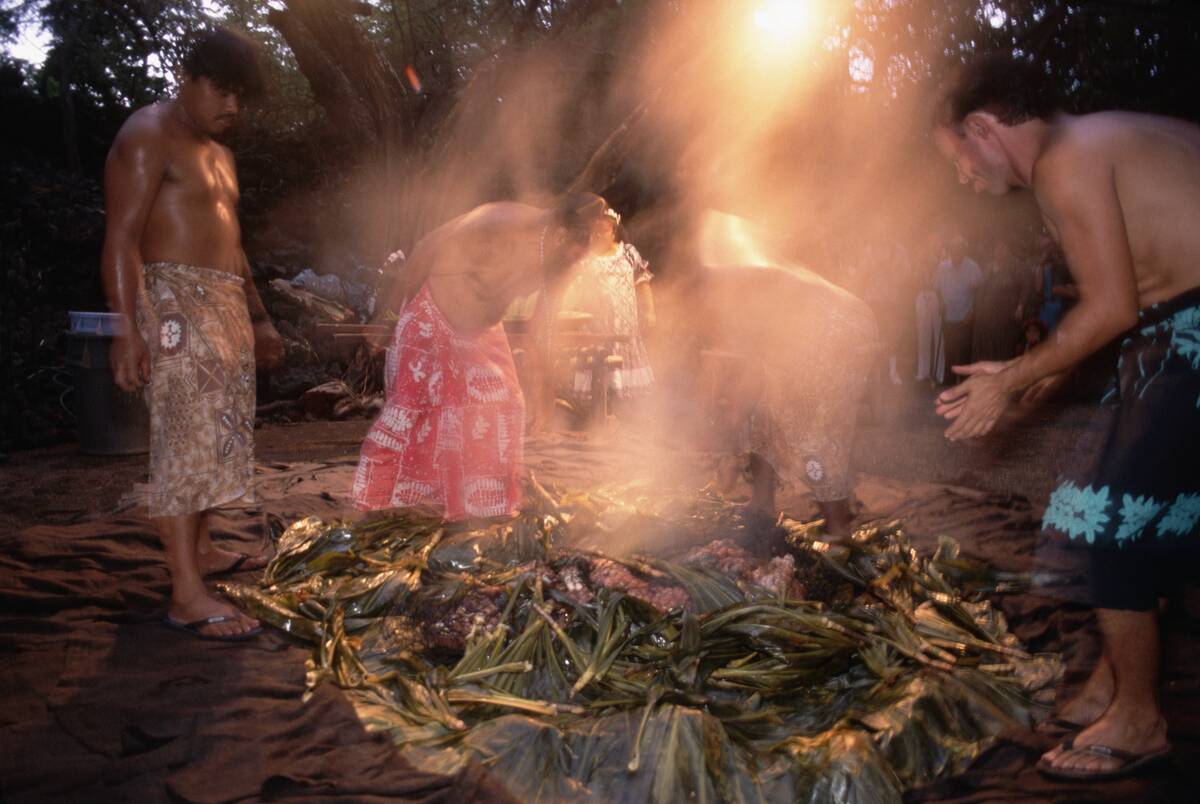
A luau is a quintessential Hawaiian experience, offering a feast for both the senses and the soul. Traditionally, luaus were community gatherings celebrating special occasions with food, music, and dance. Guests can savor dishes like kalua pig, poke, and lomi salmon, while enjoying hula performances and fire dancing. These lively events reflect the spirit of aloha, bringing people together to share in the joy of Hawaiian culture. A luau is an unforgettable way to immerse oneself in the islands’ traditions.
The Rise and Fall of Tiki Culture in the Mainland
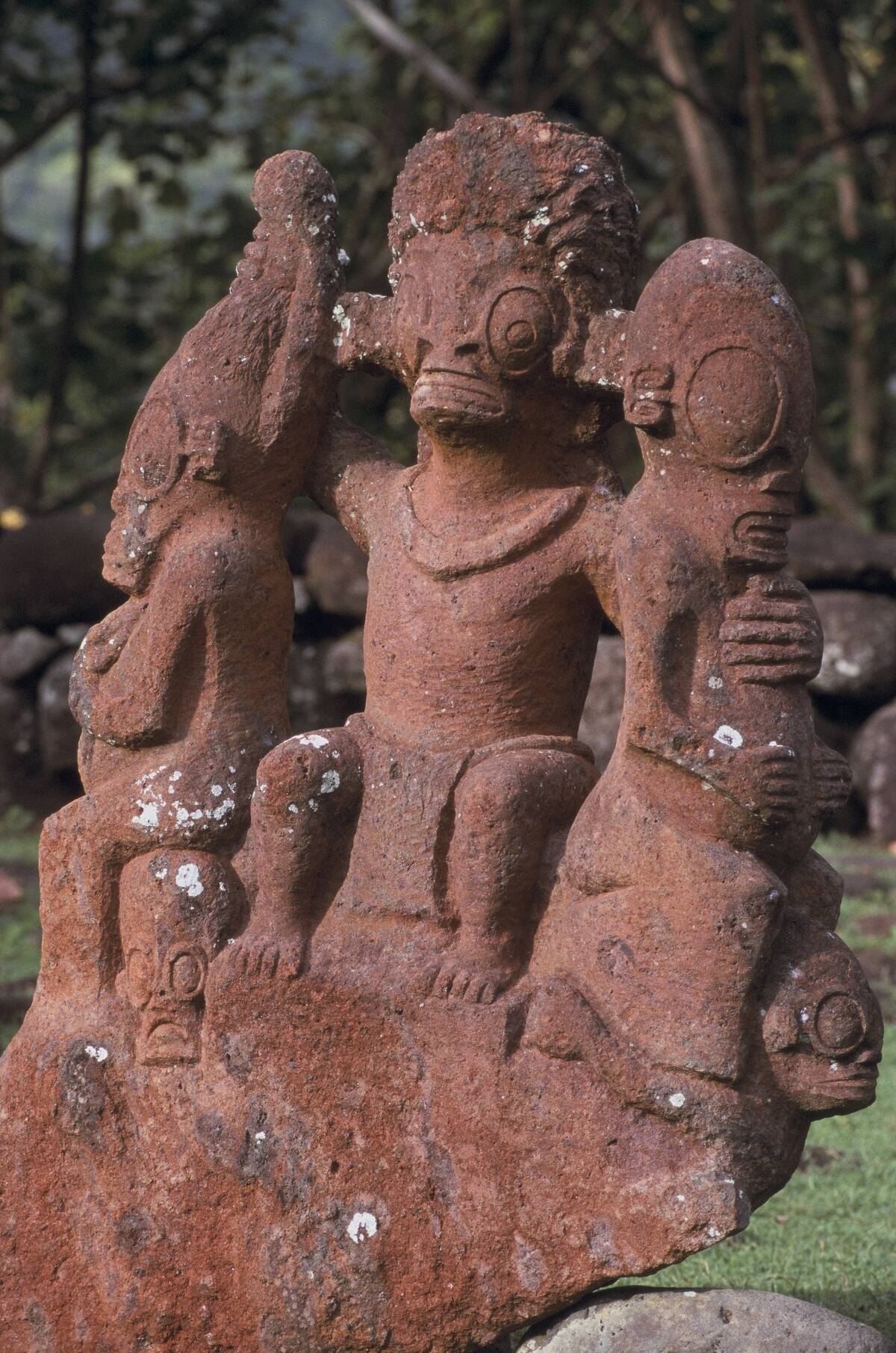
Tiki culture, inspired by Polynesian themes, took the mainland by storm in the mid-20th century. Tiki bars, with their exotic decor and rum-based cocktails, offered a taste of island escapism. Iconic spots like Trader Vic’s and Don the Beachcomber became famous for their Mai Tais and tropical ambiance. However, by the 1970s, the craze had waned, overshadowed by changing tastes. Despite its decline, tiki culture has seen a resurgence, with enthusiasts reviving its kitschy charm in modern establishments.
Hawaii’s Role in World War II: A Turning Point in History
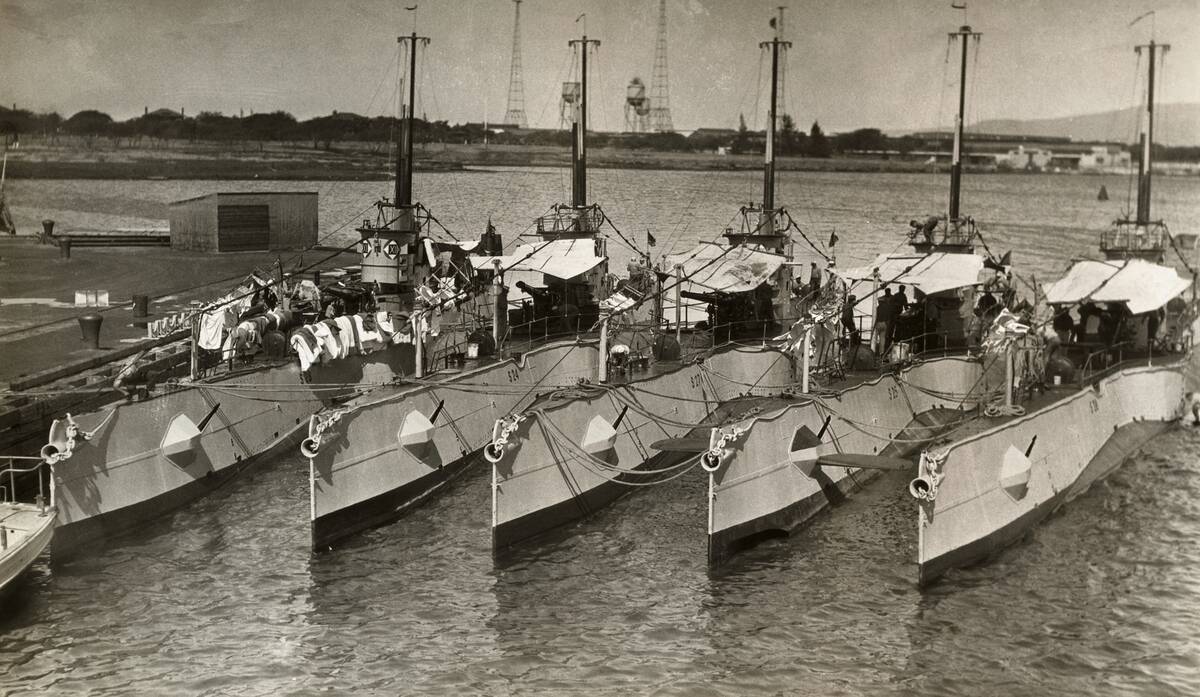
Hawaii played a pivotal role in World War II, most famously as the site of the Pearl Harbor attack on December 7, 1941. This surprise military strike by Japan led the United States to enter the war, marking a significant turning point in history. The islands became a strategic military hub, with bases and training facilities established across the archipelago. Today, sites like the USS Arizona Memorial serve as poignant reminders of the sacrifices made and the resilience of the Hawaiian people.
Vintage Postcards: Capturing the Sun-Kissed Charm of Hawaii
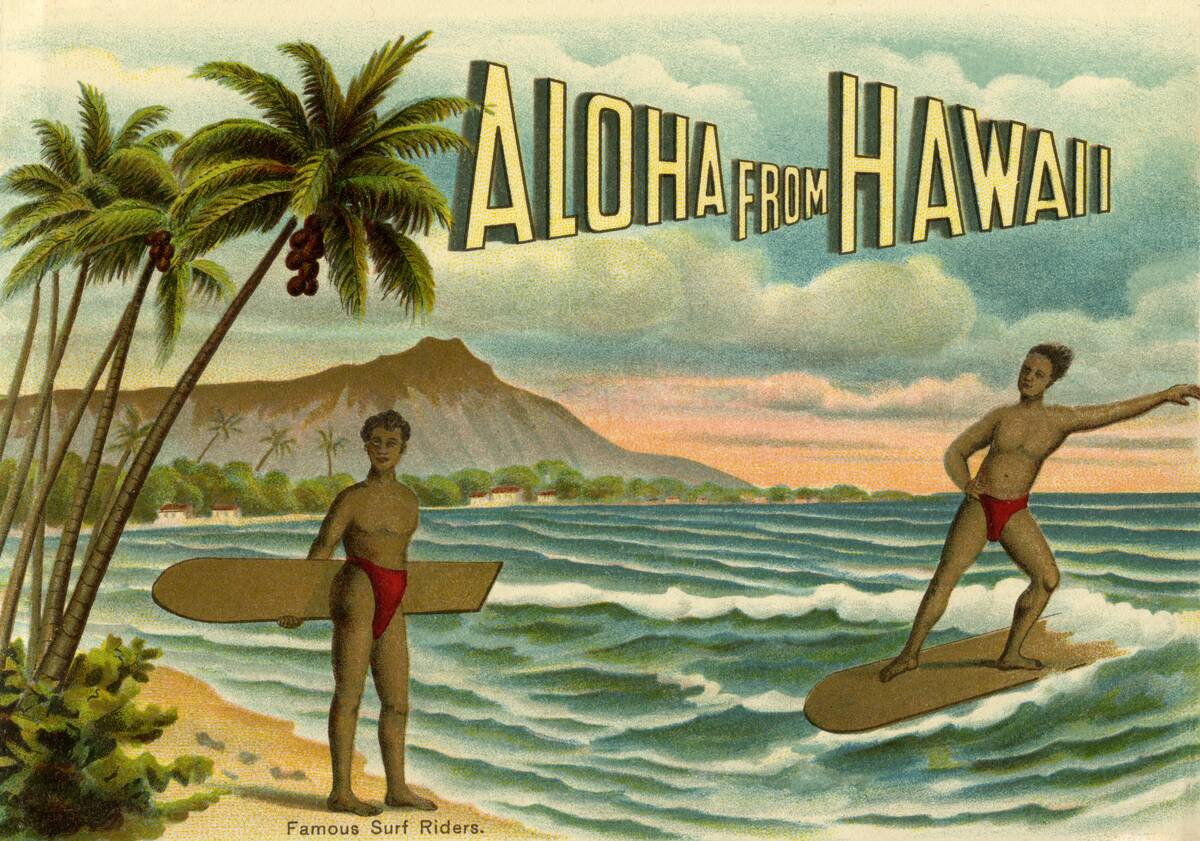
Vintage postcards offer a nostalgic glimpse into Hawaii’s past, capturing the islands’ allure in vibrant, sun-kissed imagery. These postcards, often adorned with hula dancers, palm trees, and stunning beaches, were popular souvenirs for early tourists. They served as mementos of tropical vacations, mailed to loved ones back home. Collectors today cherish these postcards for their artistic value and historical significance, preserving a piece of Hawaii’s cultural heritage and the golden age of travel.
Aloha Attire: The Everlasting Appeal of Hawaiian Shirts
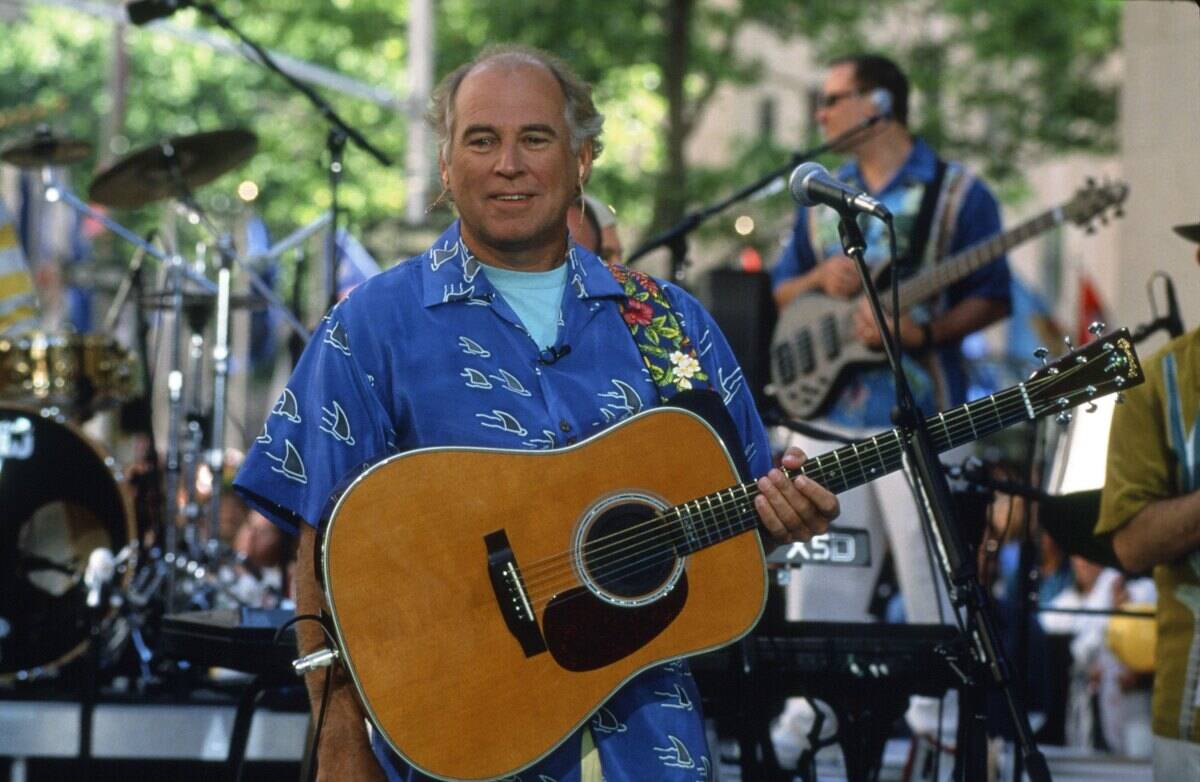
Hawaiian shirts, or “aloha shirts,” are a symbol of relaxed island style, celebrated for their bold patterns and vibrant colors. First designed in the 1930s, they quickly gained popularity among locals and tourists. The shirts became a fashion staple, worn by everyone from surfers to celebrities. Today, aloha shirts are experiencing a fashion renaissance, embraced by designers and fashionistas worldwide. Their enduring appeal lies in their ability to capture the laid-back spirit and colorful beauty of the islands.
Hawaiian Pidgin: The Unique Language of the Islands
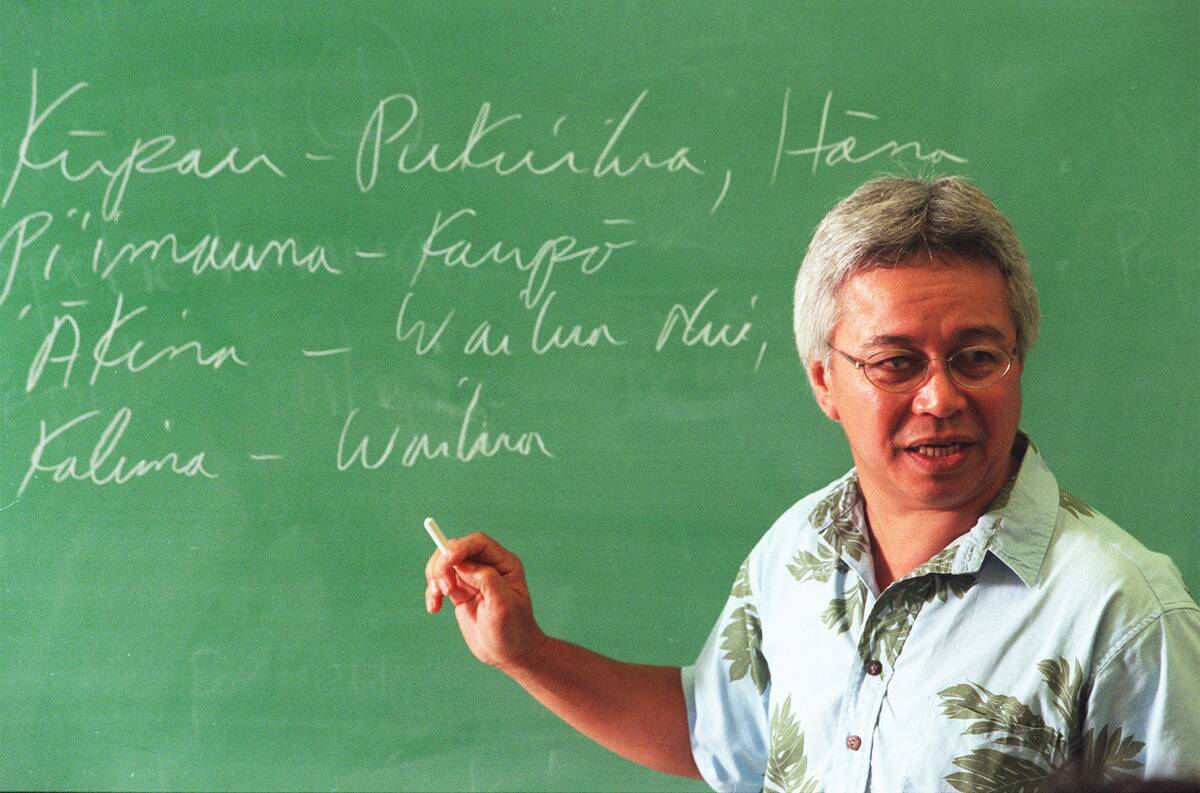
Hawaiian Pidgin, a creole language, emerged as a means of communication among Hawaii’s diverse immigrant communities. Influenced by Hawaiian, English, and various Asian languages, it reflects the islands’ multicultural heritage. Pidgin is widely spoken among locals and is recognized for its distinctive vocabulary and rhythm. While once considered informal, it has gained recognition as an important cultural expression. Today, Pidgin is celebrated in local literature, music, and comedy, adding a unique voice to Hawaii’s rich cultural tapestry.
Pineapples and Plantations: The Agricultural Legacy
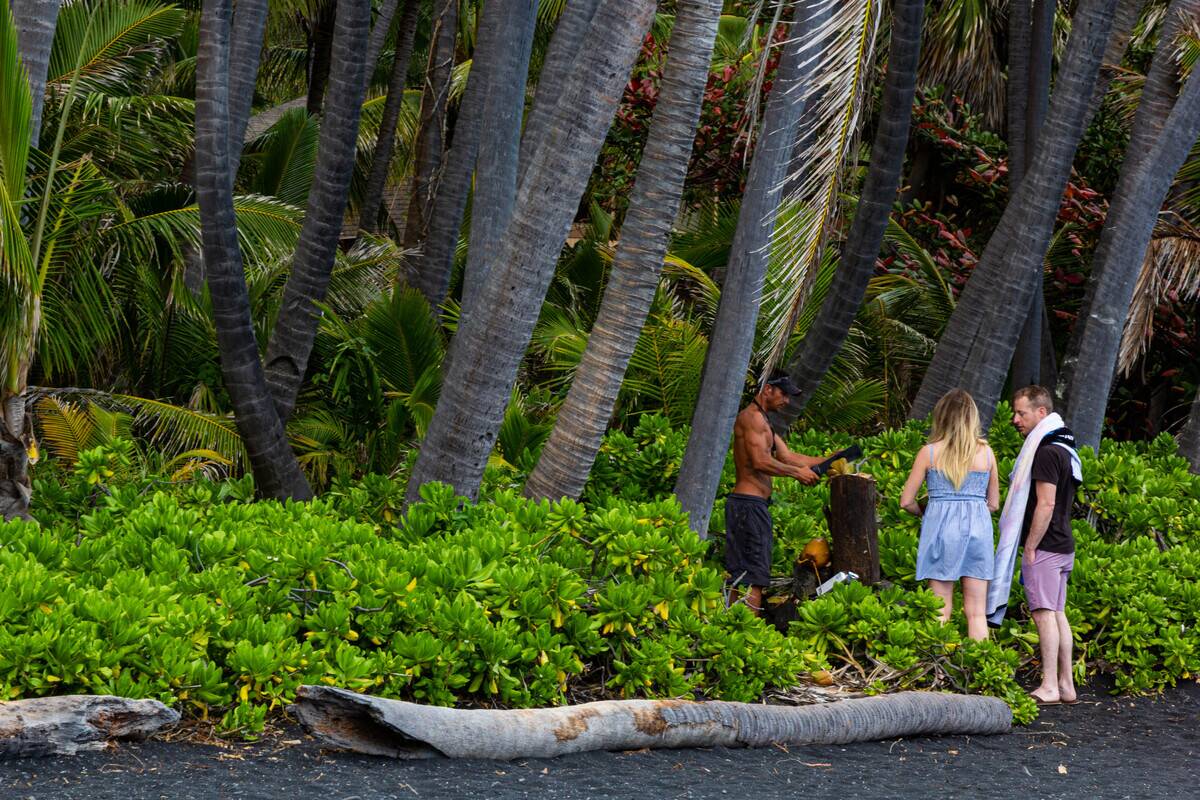
Pineapples are synonymous with Hawaii, but their history is rooted in the islands’ plantation era. Introduced in the early 1900s, pineapple plantations thrived, with companies like Dole leading the industry. The fruit became a symbol of Hawaii, exported worldwide and featured in classic recipes like pineapple upside-down cake. Although many plantations have closed, the legacy of Hawaii’s agricultural past endures. Visitors can still tour historic sites and sample fresh pineapples, savoring the sweet taste of Hawaii’s farming heritage.
The Mystique of Pearl Harbor: Remembering the Past
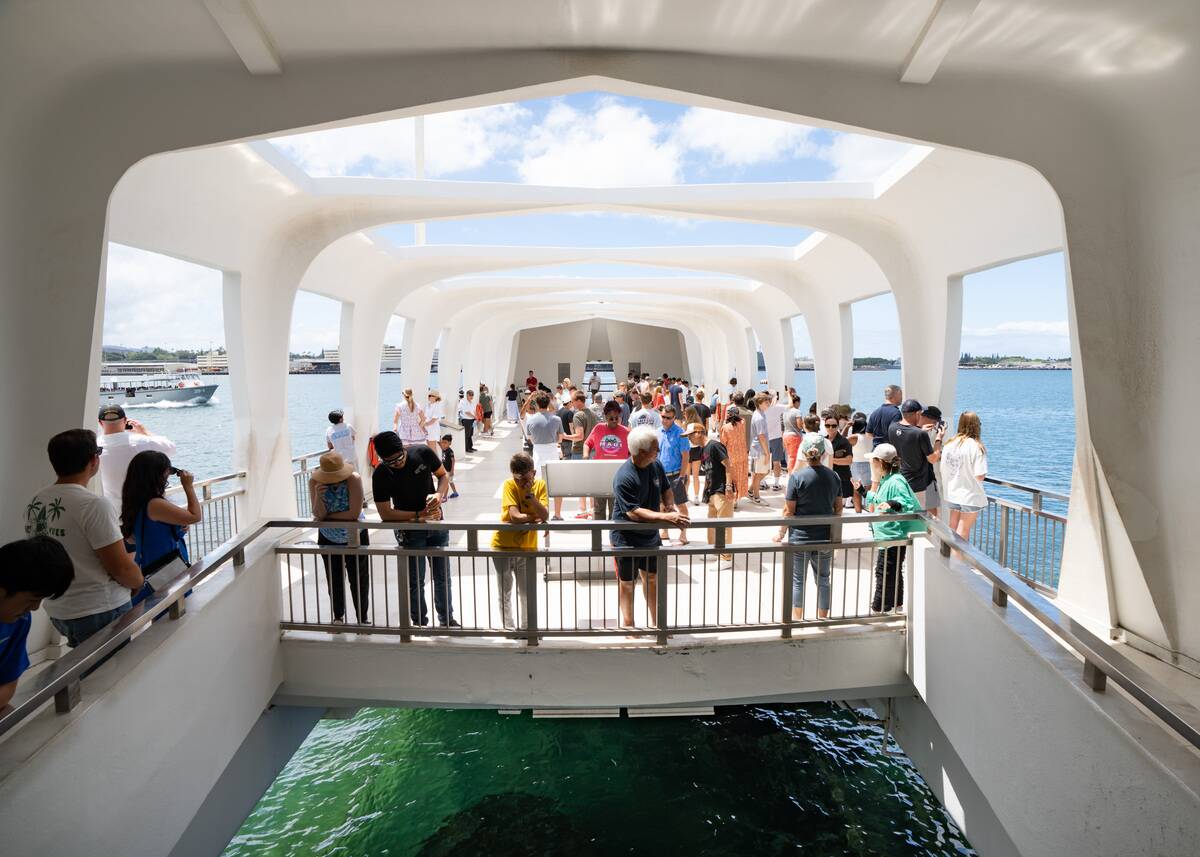
Pearl Harbor remains a site of profound historical significance, where the events of December 7, 1941, reshaped the course of history. The surprise attack by Japan prompted the United States’ entry into World War II, forever altering the global landscape. Today, the Pearl Harbor National Memorial stands as a tribute to those who lost their lives, drawing visitors from around the world. Through exhibits and memorials, visitors can reflect on the impact of this pivotal moment and honor the legacy of those who served.
Hawaii Five-O: The TV Show That Brought Hawaii Into Living Rooms
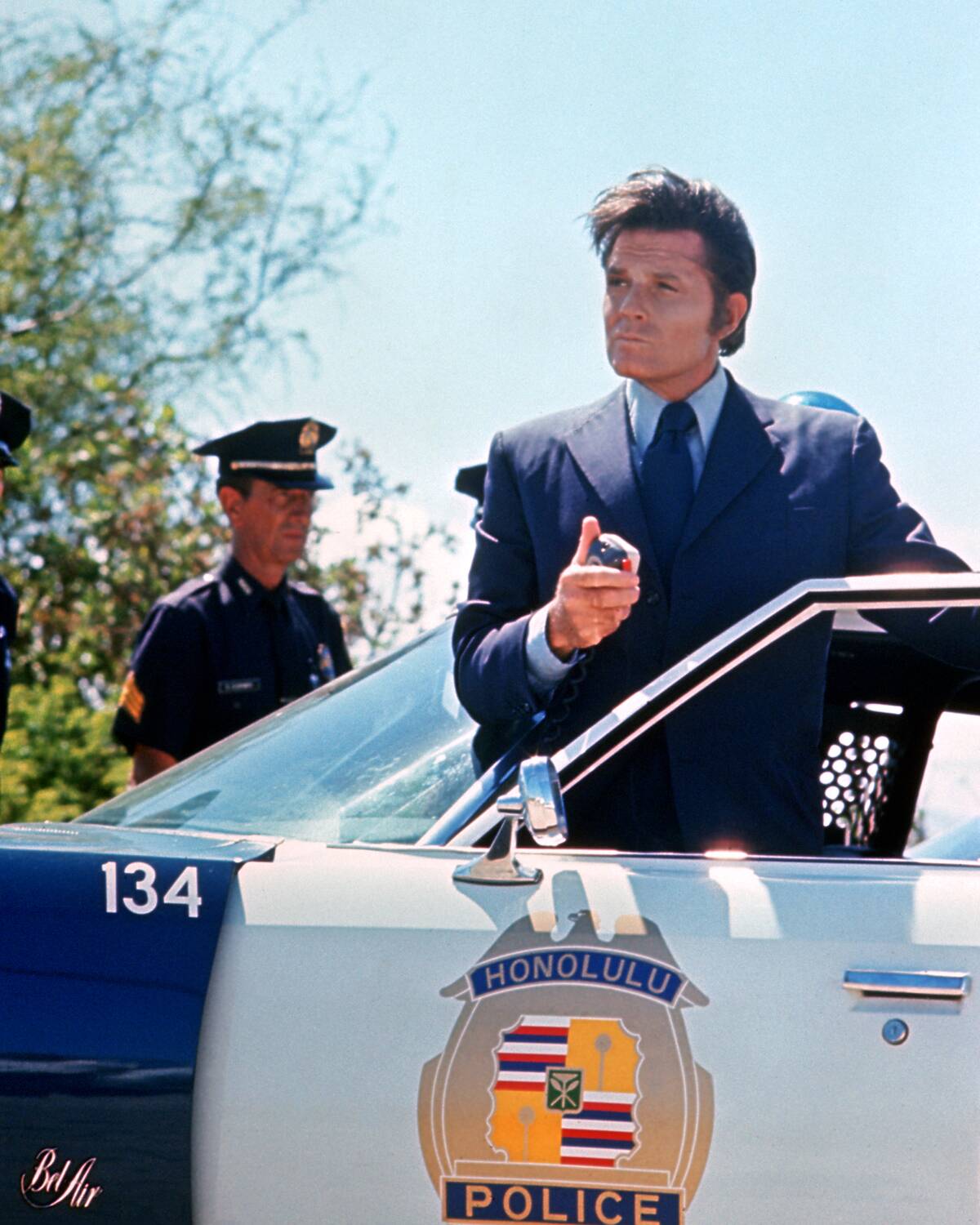
“Hawaii Five-O,” the iconic TV show that debuted in 1968, brought the breathtaking scenery of Hawaii into living rooms across America. The series followed the adventures of the fictional state police unit, led by Steve McGarrett, as they solved crimes in paradise. Known for its catchy theme song and signature catchphrase “Book ’em, Danno,” the show became a cultural phenomenon. Its popularity led to a successful reboot in 2010, introducing a new generation to the allure of Hawaii.
Relaxing on Hawaiian Time: The Art of Taking It Slow
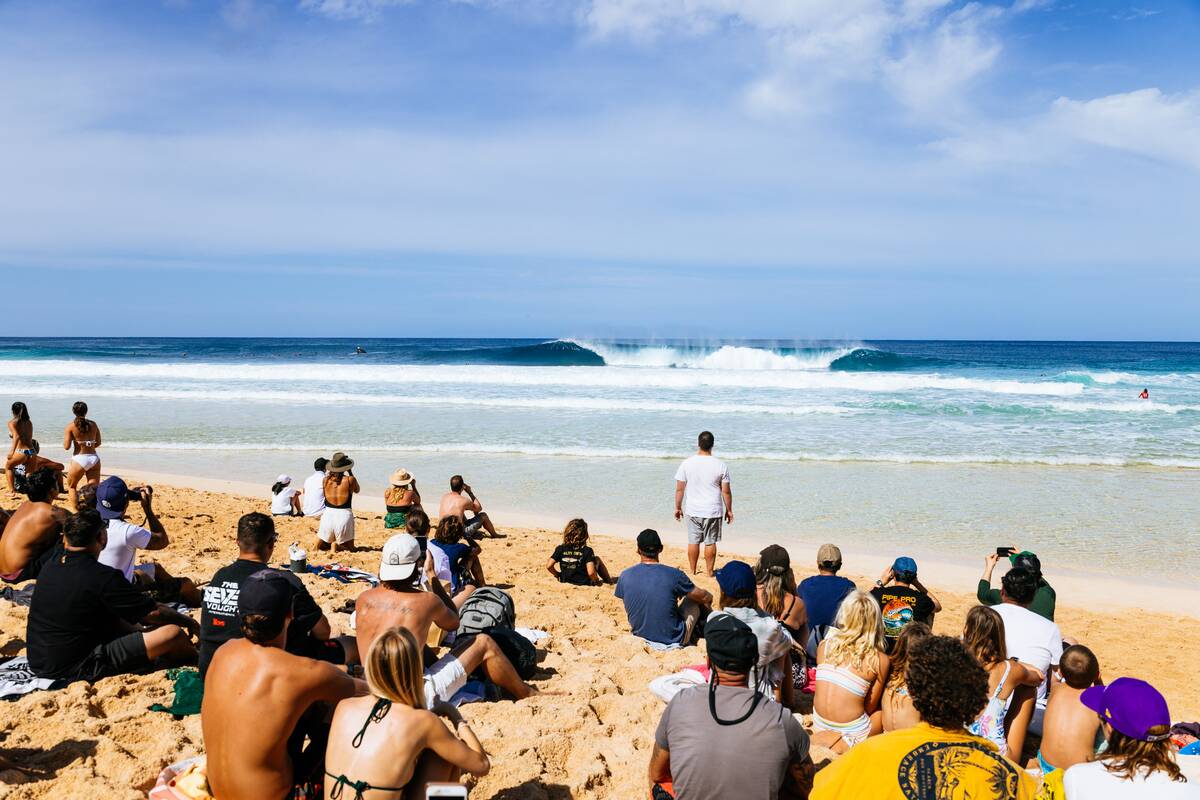
In Hawaii, “Hawaiian time” is more than just a phrase—it’s a way of life. This relaxed approach to time reflects the islands’ laid-back culture, where punctuality is less important than enjoying the moment. Locals embrace this slower pace, prioritizing relationships and experiences over rigid schedules. Visitors quickly adapt to “Hawaiian time,” finding it refreshing to unwind and savor life without the pressures of the clock. It’s this easygoing attitude that makes Hawaii a true paradise for relaxation.
The Mythic Legends and Tales of Ancient Hawaii
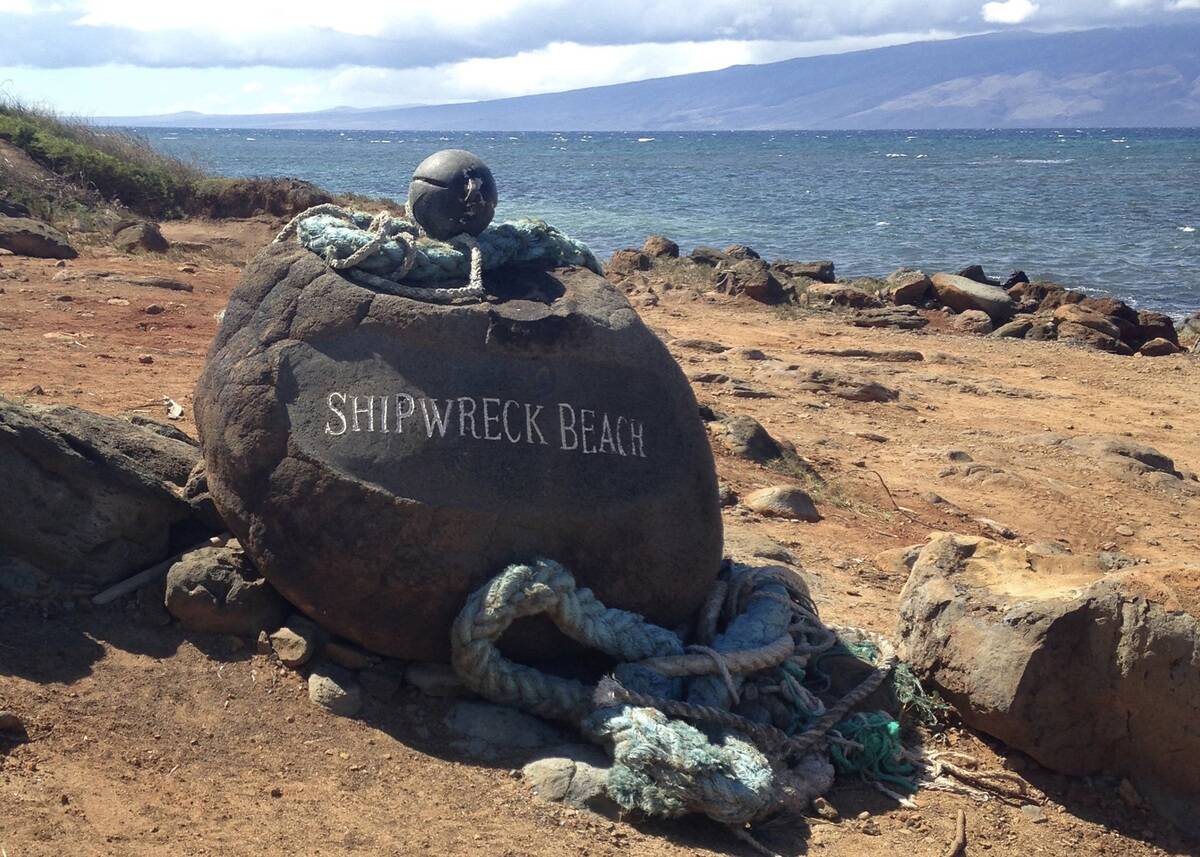
Hawaiian mythology is rich with fascinating legends and tales that have been passed down through generations. Stories of gods and goddesses, like Pele the volcano goddess and Maui the demigod, are woven into the fabric of Hawaiian culture. These myths explain natural phenomena and teach valuable lessons about respect and harmony with nature. Through chants and hula, these ancient stories are kept alive, offering insight into the beliefs and values of Hawaii’s early inhabitants. They continue to captivate and inspire, connecting the past with the present.



